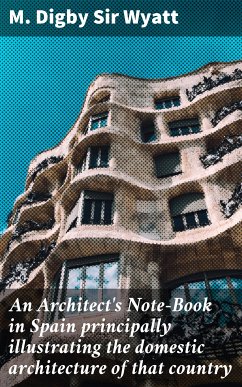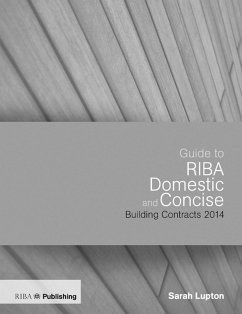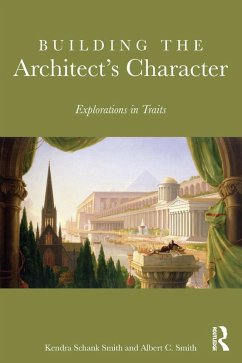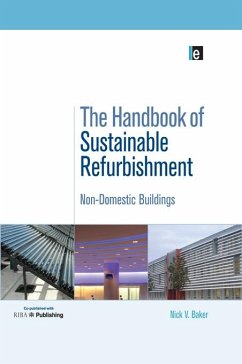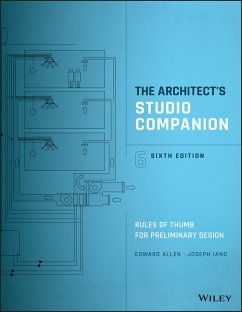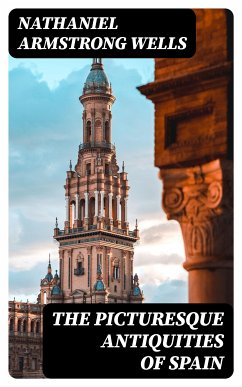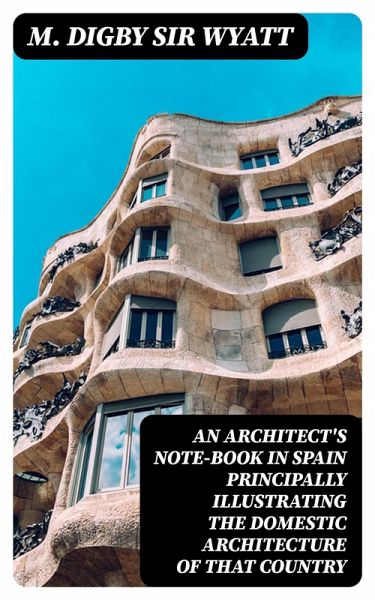
An Architect's Note-Book in Spain principally illustrating the domestic architecture of that country (eBook, ePUB)

PAYBACK Punkte
0 °P sammeln!
In "An Architect's Note-Book in Spain," M. Digby Sir Wyatt presents a meticulously detailed exploration of Spain's domestic architecture, crafted with a keen eye for both aesthetic appeal and structural integrity. Wyatt's literary style is a blend of erudition and accessibility, presenting rich descriptions and insightful observations that capture the nuances of Spanish architectural forms. This volume is contextualized within the broader European architectural discourse of the 19th century, reflecting the era's burgeoning interest in cultural heritage and national identity, while offering a f...
In "An Architect's Note-Book in Spain," M. Digby Sir Wyatt presents a meticulously detailed exploration of Spain's domestic architecture, crafted with a keen eye for both aesthetic appeal and structural integrity. Wyatt's literary style is a blend of erudition and accessibility, presenting rich descriptions and insightful observations that capture the nuances of Spanish architectural forms. This volume is contextualized within the broader European architectural discourse of the 19th century, reflecting the era's burgeoning interest in cultural heritage and national identity, while offering a firsthand account of the architectural diversity across regions such as Andalusia and Catalonia. M. Digby Sir Wyatt was not only an esteemed architect but also an ardent advocate for the preservation of historical structures. His travels throughout Spain were fueled by his passion for the architectural legacy of the nation and his aspirations to synthesize traditional elements with contemporary practices. His blend of theoretical expertise and hands-on experience positions him as a pivotal figure in the discourse surrounding architectural history and conservation during a time of rapid industrial change. This book is essential for architects, historians, and cultural enthusiasts alike, providing an invaluable resource that bridges the gap between architectural theory and practical observation. Wyatt's insights invite readers to appreciate the rich tapestry of Spanish architecture and its lasting influence on modern design, making it a vital addition to any scholarly or enthusiast library.
Dieser Download kann aus rechtlichen Gründen nur mit Rechnungsadresse in A, B, BG, CY, CZ, D, DK, EW, E, FIN, F, GR, H, IRL, I, LT, L, LR, M, NL, PL, P, R, S, SLO, SK ausgeliefert werden.




